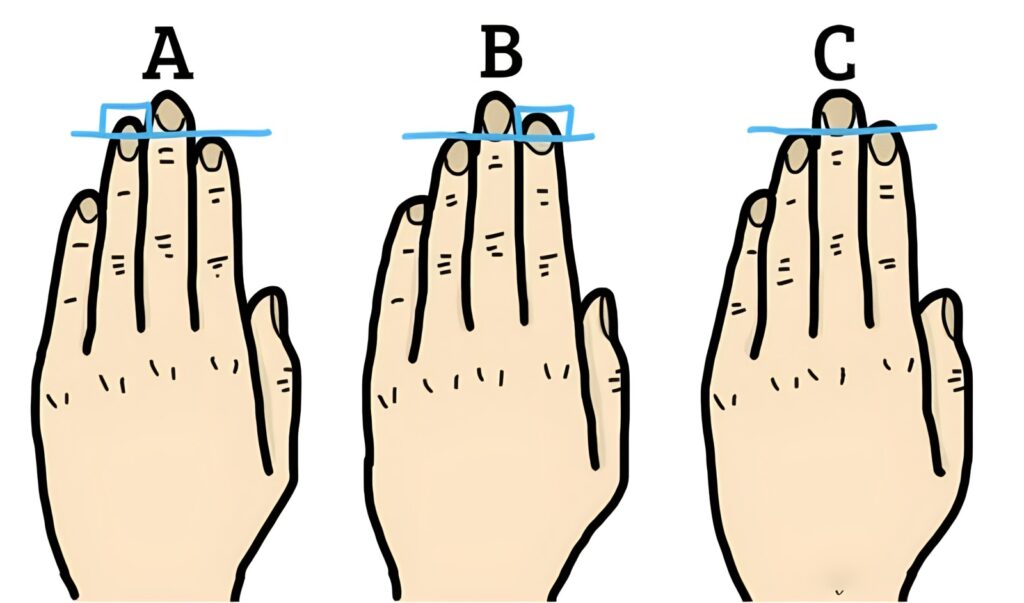A questioner said:
What is this fixture found on the floor of a closet? My home was built in 1937. Any idea?

More info from the questioner:
The closet is located between the kitchen and what used to be the dining room. The dining room has a call button in the middle of the room that you pushed with your foot to call servants.
Here are some people’s opinions on it:
Could be the bottom socket for an old, vertical shoe tree.
Possibly a old fixture for a gas appliance? Is there visible pipe in the ceiling on the floor below?
If you look at the floor, you can make out a roughly 3′ x 1′ rectangle in front of the flange where the varnish is shinier. It wouldn’t be a radiator, they have 2 lines, 1 supply and 1 return. Based on the fact that the outline is centered in the closet and had only 1 line going to it, my guess is that space was created for a gas fireplace or furnace, and that’s where the gas line came in.
Asked my mom (age 73) if she had ever seen anything like that, and she thinks that it may open something in floor. She said to try putting a pin in that tiny hole and rotating it. I don’t know if that really identifies anything but it would be interesting.
Is that an electrical wire in there? It looks like some type of fixed electrical plate. With its location, perhaps it was a butler’s pantry and had a small cabinet there with power for warmers, coffee urns, etc.
Between the kitchen and dining room I am going with it was a butlers pantry. You can see the lighter flooring on the sides from cabinets and countertop. Deeper cabinets on the left and shallower on the right. IF it is a butlers pantry I would wager that is the drain pipe for an old icebox, as butlers pantries frequently held bar items. Maybe?
Could be a gas line for lighting
I have the same thing in my hall closet, and I’m in a 1910s farmhouse. I haven’t a clue either!
Could be the connection for a speaking tube, that might go to the kitchen, for requesting meals, or to a maid’s quarters for requesting assistance…
Lavatory flange, like a closet flange but for a sink
I’m into this. When we purchased our house, there was something very similar in our foyer. I’m a contractor, so upon investigation it was at one time electrical in nature, but it had since been decommissioned past the point of actually identifying what it could have been used for. I’m anxious to see if you get a solved on this. I’d echo others comments about checking from the ceiling below, but if advise against sticking anything in it. Possibly loosen the screw.
Why would there be a heater in a closet?
Bracket for pole that served as a vertical support for shelf, clothing rod or similar.
I have call buttons in my 1900 home in the dining room, master bedroom, and all closets.
If you go down in the basement, would you be able to look up at the ceiling under that closet? If so, you could see if there’s wires or pipes connected to that from below. This could support or refute some of the theories about gas lights, sink drains, electrical lighting fixtures, etc.
Reminds me of an old furnace damper foot lever port. Trying to find photos online and coming up empty.
Looks like an old doorknob plate. Homemade shoe tree would fit – whoever said that. Is there a hole in the side anywhere? Not in the plate attached to the floor, but the tube bit pointing up
I also think gas line. Looks like gas port I had in my 1920’s house (near dining room wall). In photo 2, the flooring is darker and has a rectangular shape about the size of the closet. Could be as a result of the heat. Definitely a clue about the type of appliance
A place where a pole of some kind would screw in or an odd light fixture are my only 2 guesses tbh.
Looks like the plate part for a 1920s-ish doorknob. I live in an old Craftsman, and the cheaper brass doorknobs upstairs have plates like that. They used cheaper, more utilitarian fixtures upstairs and in the basement. I have similar iron and enamel plates for the ground floor doorknobs.There are all kinds of weird access doors in my house, to get to the old pipes for water and (lighting) gas lines, etc. Also they kept clothes in presses and wardrobes and generally had closets that were smallish, and I’ve seen odd storage arrangements tucked under stairs.My house has plumbing access from the kitchen ceiling, the kitchen wall, a door in an upstairs bedroom and closet, and where the pantry was. Most access nowhere, since the plumbing was all shifted in the last 100 years.





